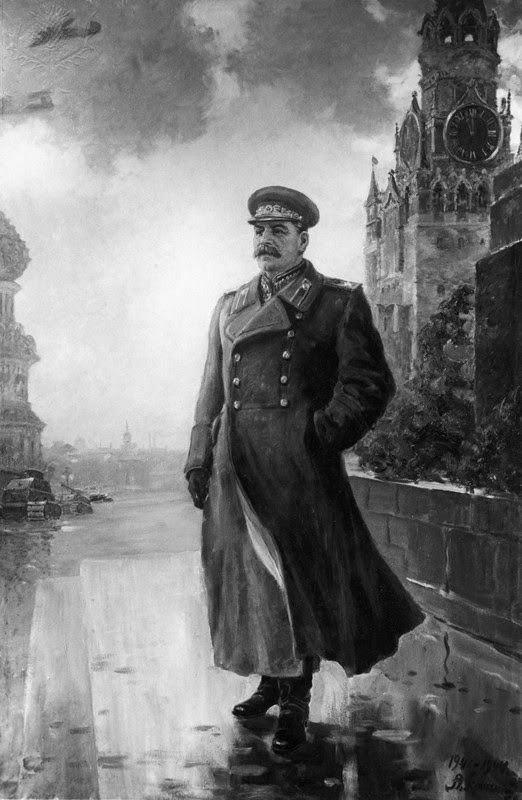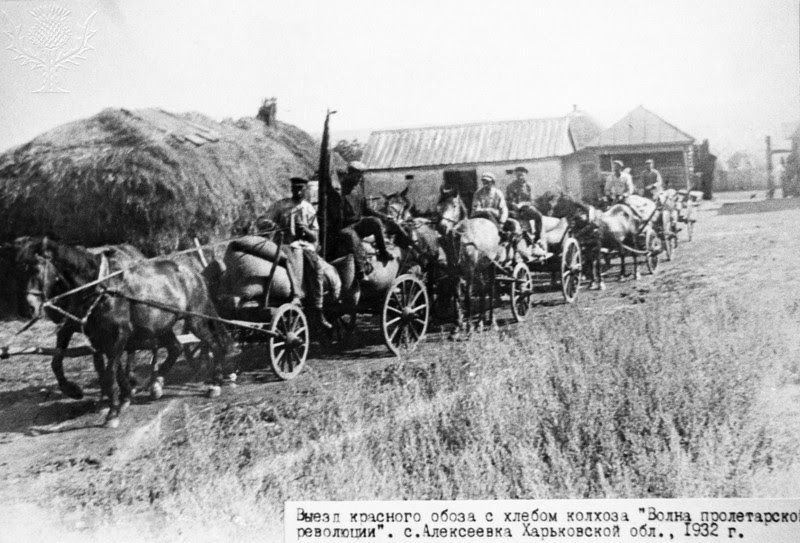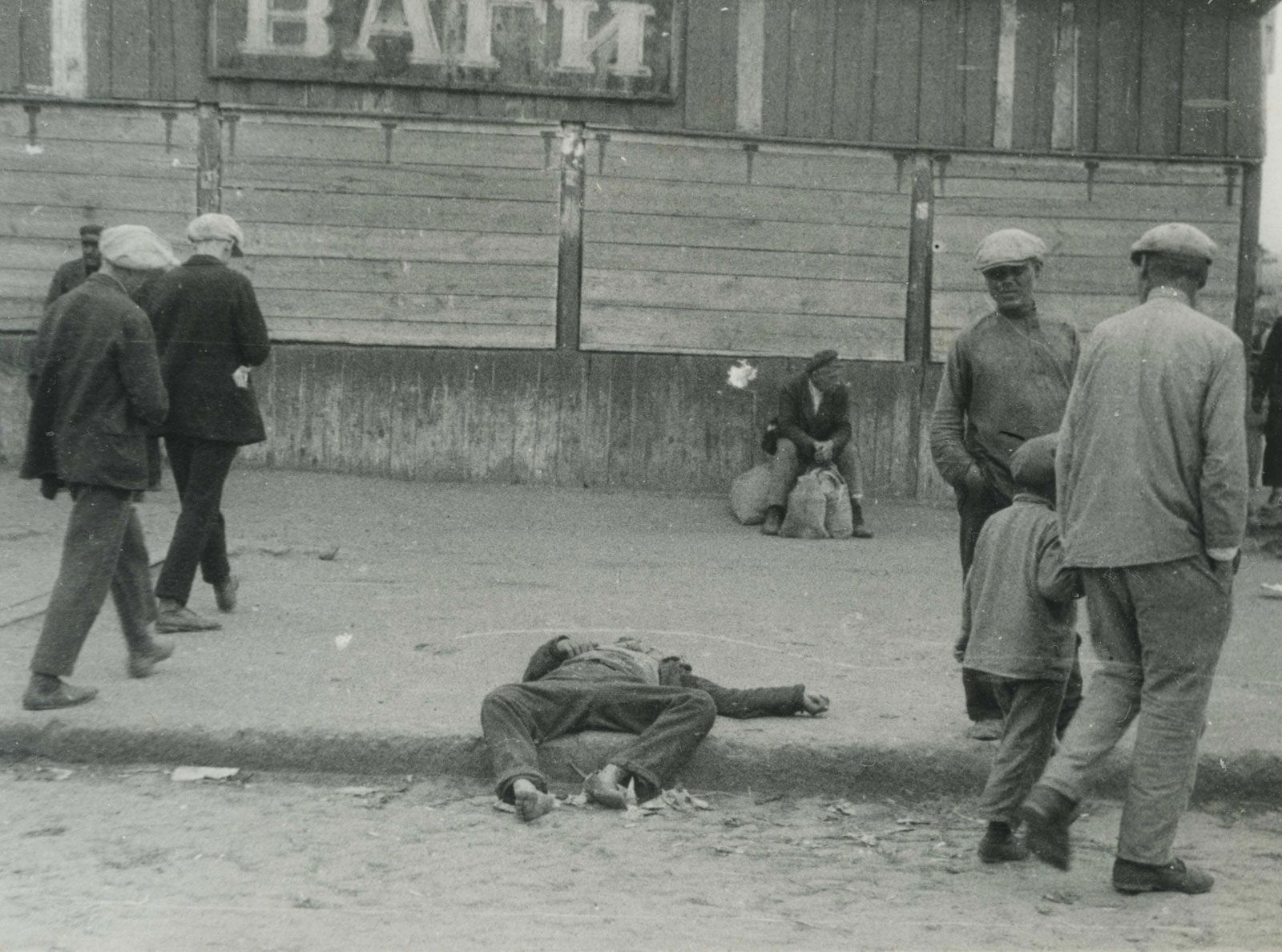The Soviet Scale
The Soviet Union remains one of history’s most perplexing experiments. Transforming from an inward agricultural heartland to a global industrial power at the turn of the century, the USSR shed its tsarist roots and paved the way for modern communism through revolution, fierce ideology, and strong leaders. Adopting a global mindset, the USSR left its mark on the world through the use of violence, participating in wars, coups, and insurrections across the globe. Perhaps the most infamous of the Soviet revolutionaries was Joseph Stalin, a decisive yet controversial figure whose legacy is still felt in the twenty-first century as one of history’s worst villains. As the leader of world communism for over 30 years, Stalin advanced the Bolshevik narrative across the country, achieving widespread control over the government as its singular authority. Yet the price of complete control was drastic: an orchestrated genocide that rivals Hitler’s killings of the Jews.
Stalin's War
In search of total collectivization and a socialist utopia, Stalin secretly waged a personal war against the native Ukrainian people and private ownership, constructing an artificial famine that reportedly killed over 11 million innocent people. History has forgotten this terrible Holodomor, as it was coined: millions of deaths, the loss of Ukrainian culture, and a massive material depression that has been covered up by Soviet officials and suppressed by the media. For decades, historians have debated the intent of this horrible famine: was it a state-sponsored genocide or simply the result of a failed policy? Learning from the most eminent Soviet scholars, first hand testimony, and official documents, The Ukrainian Famine of 1933 was clearly an act of state-sponsored genocide because of targeted policies, rampant nationalism, and the specific collectivization of the Ukrainian people, demonstrating the true extent of Stalin’s crimes against humanity.

Racial and Cultural Uniformity
The first piece of evidence for Stalin’s intentional famine is rampant Soviet nationalism and a desire for cultural uniformity. Under Lenin’s regime, Stalin rose through the ranks as a machine politician, as a troubleshooter, and as a hatchet man, renowned for his efficiency and ability to navigate the bureaucracy. After Lenin’s death, Stalin sought to honor his previous mentor and founding father by making Lenin’s delusions a reality. In practice, this resulted in transforming Marxist-Leninist thought into a “inflexible dogma” of obedience and reverence for Russia’s past. To Lenin, the kulaks (native farmers of Ukraine) opposed the future of Russia, writing that,
“There is no doubt about it. The kulaks are rabid foes of the Soviet government.... Ruthless war on the kulaks! Death to them! ... The workers must crush the revolts of the kulaks with an iron hand, the kulaks who are forming an alliance with the foreign capitalists against the working people of their own country”.
Emboldened by Lenin’s words, Stalin put them into practice, arranging for wide-spread dekulakization across the country. He used his position to target the kulaks as the enemy, portraying them as affluent, and therefore “marking them as natural bourgeoisie targets of the communists” (Mass). Just like the Jews, the kulaks served as the perfect scapegoat for the poor material conditions, political suppression, and lack of freedom in Russia, promoting a class war that ended in genocide.
Collectivization: A Weapon
The Ukrainian people were also victim to specific collectivization that aimed to diminish their economic relevance and undermine their livelihood. This was no ordinary communist progression, nor a country-wide policy of de-privatization. Under the old regime, the land’s peasant farmers were typically left alone , historically owning and operating their own farms as an independent community. Instead, Stalin believed that by subverting the economic prosperity of the kulaks it would then weaken their political relevance. Stalin was extremely efficient and during the 1930’s, “11 million households were forced to join collectivized farms, or kolkhozes, rapidly bringing the percentage of farms in the Soviet Union that had been collectivized from 15 percent the previous year to nearly 60 percent,” demonstrating the true extent of Stalin’s policies. Collectivization for Stalin was less a medium for economic prosperity than it was as a way to:
“end individual proprietorship and the distinct, independent way of life it represented”
To make matters worse, the government placed disproportionate agricultural quotas on the region, demanding 38% of the USSR’s total grain from a region that produced only 27%, a requirement that exceeded production by over 40%. Even still, after collectivization had been exhausted, those who remained were forcibly relocated to Arctic work camps (Mass). Millions of people died, including women and children, with a death toll close to 3 million, showing the true extent of Stalin’s crimes and the tragic loss of innocent lives.
State-Sponsored Persecution
Stalin further orchestrated the complete elimination of the Ukrainian people with targeted policies that directly affected them. When mass collectivization wasn’t enough, Stalin ordered the seizure of all grain in a deliberate attempt to starve them and gave the police free rein for abuse and brutality. Paul De Quenoy, a professor the American University of Beirut and an expert on Russian history, references an important decree in 1932 that “empowered local Communist Party and secret police officials, of whom almost all were non-Ukrainians at the time, to confiscate unlimited amounts of grain from peasant households,” taking away what little the kulaks had left and proving beyond doubt Stalin’s intent. He also made hiding grain and other foodstuffs illegal and punishable by death. During testimony of the U.S. commission on the Ukrainian Famine, Ivan Kasiianenko recalls what life was like, saying that
“We had nothing; they had taken everything from us. They came with their pikes, poked around, asked questions and grabbed my mother by the hair. They tore off my mother's earrings and her cross. We children cried, but nothing helped”
This horrific picture demonstrates the absence of humanity of Stalin's regime: a unparalleled humanitarian crisis hidden from history. When Stalin banned emigration, instituted an internal passport system, and ordered the KGB to contain the peasants within Ukraine, there was no escape from the Holodomor.
Failed Policy or Genocide?
The Holodomor, one of history’s worst crimes, has been relatively forgotten in modern education. A genocide that rivaled Hitler’s Holocaust has been covered up by Soviet officials, who under the command of Joseph Stalin, downplayed the damage, resisted foreign aid, and censored the press. The Ukrainian genocide of 1933, the systematic murder by hunger of over 14.5 million innocent Ukrainian peasants, must not be forgotten. Yet historians still debate today whether it was the deliberate actions of Stalin or a failed policy, preaching the importance of correct history and access to information.
Joseph Stalin’s crimes describe a man of unprecedented human evil, whose behavior serves as a warning for future leaders and the dangers of totalitarianism

Further Reading:
- Warren Mass's Article in The New American: "Holodomor: Stalin's Holocaust in the Ukraine."
- Gale World History Biography: "Joseph Stalin"
- Paul De Quenoy's History in Dispute: "Ukrainian Famine: Was the Ukrainian Famine of 1932–1933 Caused by Genocidal Government Policies?"
